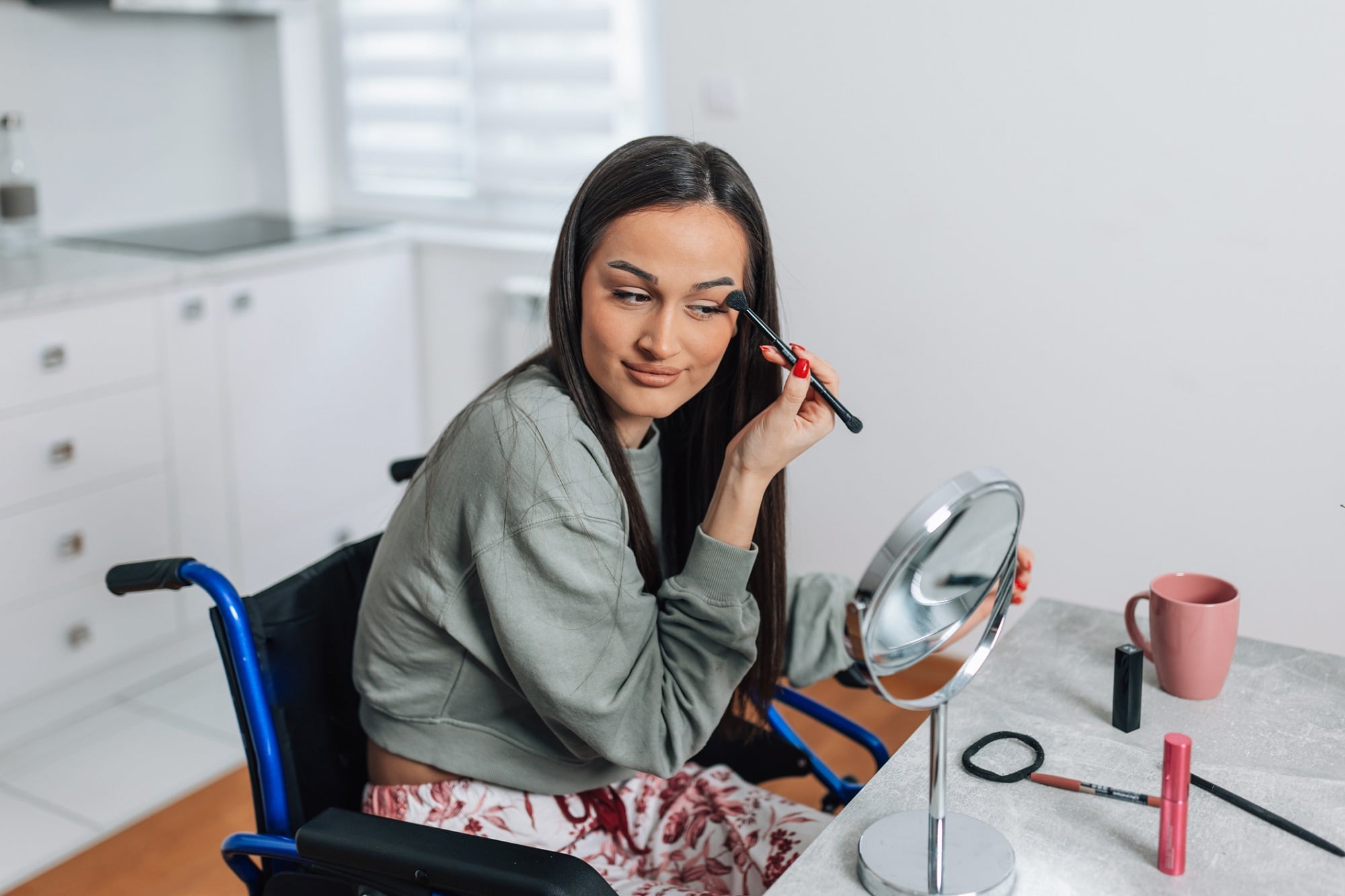The beauty and personal care industry is constantly changing and growing in response to consumer preferences, technological advances, and emerging trends. From the rise in popularity of premium cosmetic and PBC products formulated with clean ingredients to the ever-popular ‘skinimalism’ trend, it is prudent for industry manufacturers and suppliers to remain attuned to the dynamic landscape of the beauty industry and the consumer trends driving innovation forward.
In this Q&A, CosmeticsDesign sat down with Emil Captial Partners's Cansu Arslan to learn her perspectives on the intersection of consumer influences, the clean beauty movement, and the latest trends shaping today's beauty and personal care industries.
CDU: Can you share some brief background regarding your professional experience, company, and relationship with the cosmetics and personal care product industries?
Cansu Arslan (CA): I serve as a Vice President within the investment team at Emil Capital Partners (ECP), a firm dedicated to investing in early- and growth-stage companies across the broader consumer space. At ECP, our focus spans both B2B and B2C businesses, with investments concentrated in health and wellness, beauty and personal care, food and beverage, and pet, along with consumer media, consumer tech, and supply chain sectors.
Before joining ECP, I worked in Citigroup’s Consumer and Retail investment banking group, advising clients in the consumer products sector, which included beauty and personal care companies.
At ECP, I undertake various responsibilities, including identifying and investing in category-changing beauty and personal care founders and companies while also overseeing our investments in these segments. I am a Board Observer for the luxury spa, medspa, and skincare brand milk + honey and Board Director of Volition Beauty, a beauty brand that empowers beauty entrepreneurs to formulate their products along with providing innovative white-label manufacturing solutions.
CDU: Can you explain how consumer influence is driving a rise in premium products formulated with clean ingredients?
CA: The use of clean ingredients in beauty is no longer sufficient. While clean beauty experienced a surge in popularity during the COVID-19 pandemic, discerning consumers – often called ‘skintellectuals’ – no longer automatically associate it with efficacy or improved outcomes.
In fact, over half of US consumers now actively research ingredients to understand product effectiveness. Search trends for ingredients such as niacinamide, hyaluronic acid, retinol, salicylic acid, and glycolic acid continue to grow post-pandemic, demonstrating a willingness to invest in premium products that incorporate these ingredients.
As a result, premium beauty is expected to grow at an annual rate of 8% between 2022 and 2027, outpacing the 5% growth expected in mass beauty. Clean-conscious consumers will likely continue to pay a premium for both efficacious AND clean products.
CDU: We extensively covered the ‘skinimalism’ trend over 2023 and the influence the trend has played in product formulation and development. How do clean ingredients fit into this trend, and do you anticipate this trend will continue to become more popular with consumers in 2024?
CA: ‘Skinimalism’ offers several benefits to consumers, including time and cost savings, decreased environmental waste, and reduced risk of unnecessarily or incorrectly stacking ingredients. Consequently, consumers will be seeking out a select few products with potent ingredients to streamline their skincare routines.
While the clean beauty trend will persist, benefiting from the broader health, wellness, and longevity trends, efficacy will take precedence. All else being equal, when presented with a choice between two identical products, one of which is clean and the other not, but both demonstrate the same level of proven efficacy, consumers are likely to opt for the clean option.
However, if the clean formulas are not as impactful in the interim, many consumers will likely select alternative options for their pared-down skincare routines.
Given the heightened emphasis on effectiveness among beauty consumers, companies such as ODDITY (NASDAQ: ODD), which debuted on the public markets in July 2023, are at the forefront of ingredient-level innovation. ODDITY’s S-1 filing reveals the establishment of ODDITY LABS, dedicated to leveraging artificial intelligence for molecule discovery and the development of scientifically backed, high-performance beauty and wellness offerings, including personalized matching technology.
While clean formulations may not be the primary focus for ODDITY, there exists an opportunity for companies to explore clean alternatives that match the effectiveness of newly developed, potentially ‘unclean’ options.
CDU: Innovations in beauty tools continue to shape consumer purchasing behavior. What role does the clean beauty trend play in beauty tool R&D in 2024?
CA: While injectables and other invasive procedures are best left to professionals in clinical settings, consumers are increasingly seeking methods to enhance and prolong the benefits of these costly treatments at home. This trend bodes well for the global beauty devices industry, which is poised to experience substantial growth of over 18% annually from 2023 through 2030.
A growing demographic, particularly millennial and Gen X women, prioritizes anti-aging solutions within their skincare routines. At-home beauty devices such as light therapy masks and microcurrent devices are emerging as sought-after options for these consumers, offering both effectiveness and a ‘clean’ approach to skincare. I anticipate innovation geared towards enhancing efficacy, accelerating results, and developing multi-functional devices.
Additionally, younger Gen Z and millennial consumers are expressing interest in anti-aging treatments like Botox despite its toxin-based nature. However, a significant portion– 28% and 31%, respectively – are interested in non-injectables promising the same results.
While the exact motivations behind this preference are not entirely clear, whether due to concerns about toxins in neuromodulators, aversion to invasive procedures, or other factors, it presents an opportunity for beauty device manufacturers and skin care companies, especially those catering to professional channels, to develop high-impact products delivering rapid results.
CDU: What are the most pressing challenges that clean beauty trends are seeking to address in 2024?
CA: The pandemic spurred a surge in self-care practices, prompting a flood of beauty brands promoting cleanliness in hopes that consumers would integrate those products into their self-care routines. Initially, consumers tended to associate ‘clean’ with ‘better for you.’
However, the rise of platforms like TikTok and other social media platforms with video content empowered consumers with greater knowledge and discernment in their purchasing decisions.
Today, consumers recognize that ‘clean’ does not automatically equate to superior products or efficacy. Moreover, consumer loyalty is elusive in a saturated market with countless products promising similar outcomes.
To successfully grow and capture market share, companies must provide value beyond ‘clean’ and into more specific claims. For example, products can be clean AND reverse signs of aging AND be personalized to your skin concerns.
The challenge for clean beauty brands lies in convincing consumers of their superiority over alternatives. Once they can prove and persuade, they must retain consumers by building loyalty.
Loyalty is a key challenge in the beauty category that brands will continue to face. While it’s easier said than done, successful brands will distinguish themselves by delivering emotional connection and functional value, tapping into consumers’ habitual routines for long-term success.
CDU: What are your predictions for the biggest trends in beauty in 2024 and why are those your predictions?
CA: As overarching trends in health, wellness, and longevity continue to gain momentum; I anticipate their sustained influence on the medical aesthetics industry, which is on track to maintain double-digit growth between 2019 through 2025.
Factors such as heightened awareness and societal acceptance of aesthetic treatments, an expanding array of establishments offering such services, and potentially attractive economics to medspa businesses will help drive innovation in not only medical aesthetics (i.e., innovation in B2B medical devices like Hydrafacial and treatments like longer-lasting DAXXIFY injections) but also other wellness and aesthetic services (like cryotherapy, light therapy, body contouring, etc.).
Additionally, although increased competition in the medspa industry will inevitably drive down the cost of treatments, consumers will look for ways to extend or maintain the effects between treatments, which presents ample opportunities for innovation.
The increasing popularity of GLP-1 drugs and a renewed emphasis on anti-aging solutions underscore the growing significance consumers place on aesthetics. Consequently, I foresee a proliferation of medical and wellness spas to meet this rising demand.
Finally, we’re seeing buy-in for these trends in both the public and private markets. Galderma Group AG (SWX:GALD), a prominent player in dermatology-focused skincare, made its debut on the SIX Swiss Exchange in March 2024 with a CHF 2.3 billion IPO. Notably, Galderma generated 52% of its 2023 net sales from the Injectable Aesthetics segment, which includes neuromodulators, fillers, and biostimulators.
Further, in the private markets, there has been an uptick in private equity investment in aesthetic dermatology as investors recognize the growth opportunities with the recurring nature of these procedures coupled with the destigmatization of aesthetic treatments.
Many of these investments entail consolidating multiple clinics under a single management company, leveraging synergies due to the platform approach to maximize value creation.





